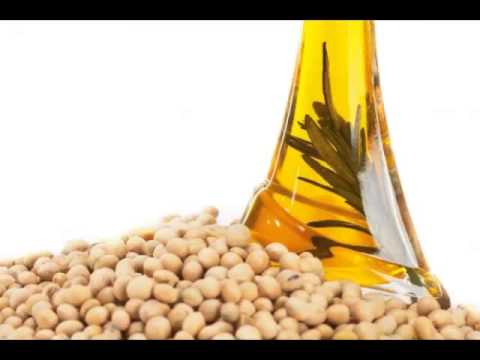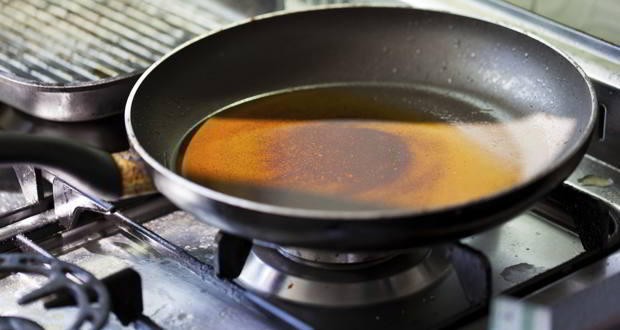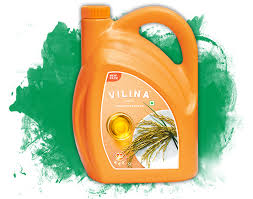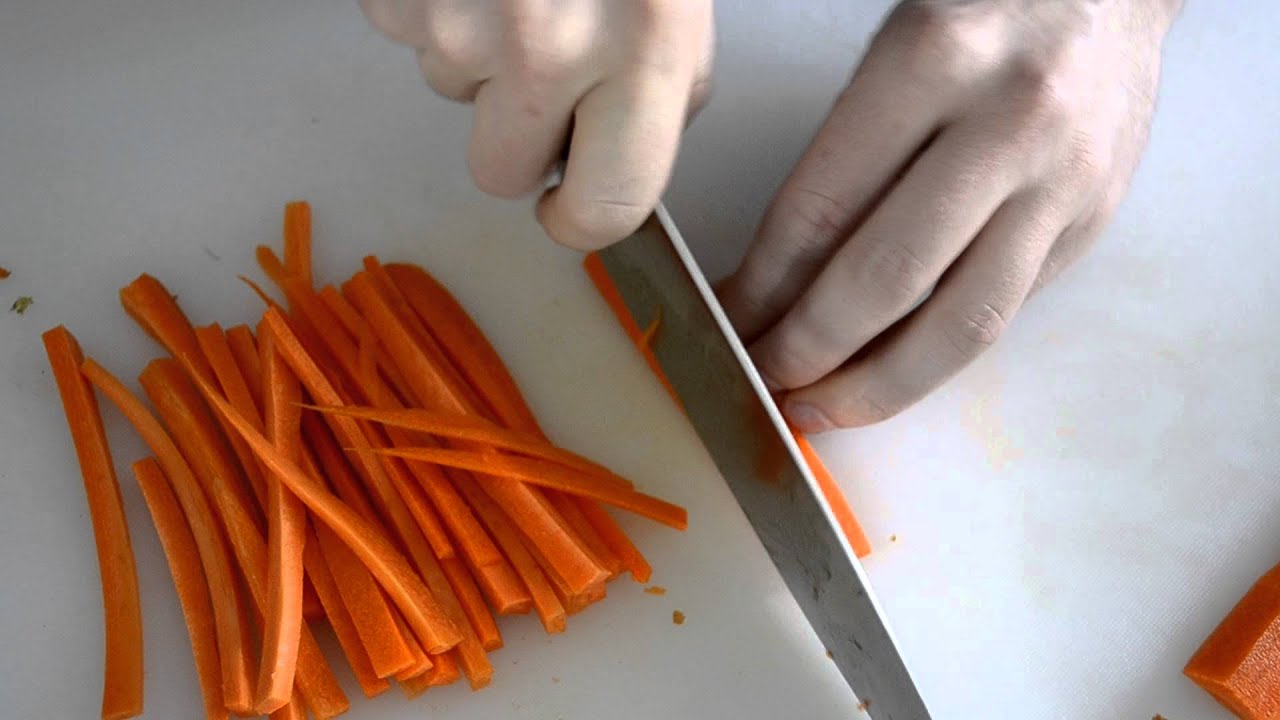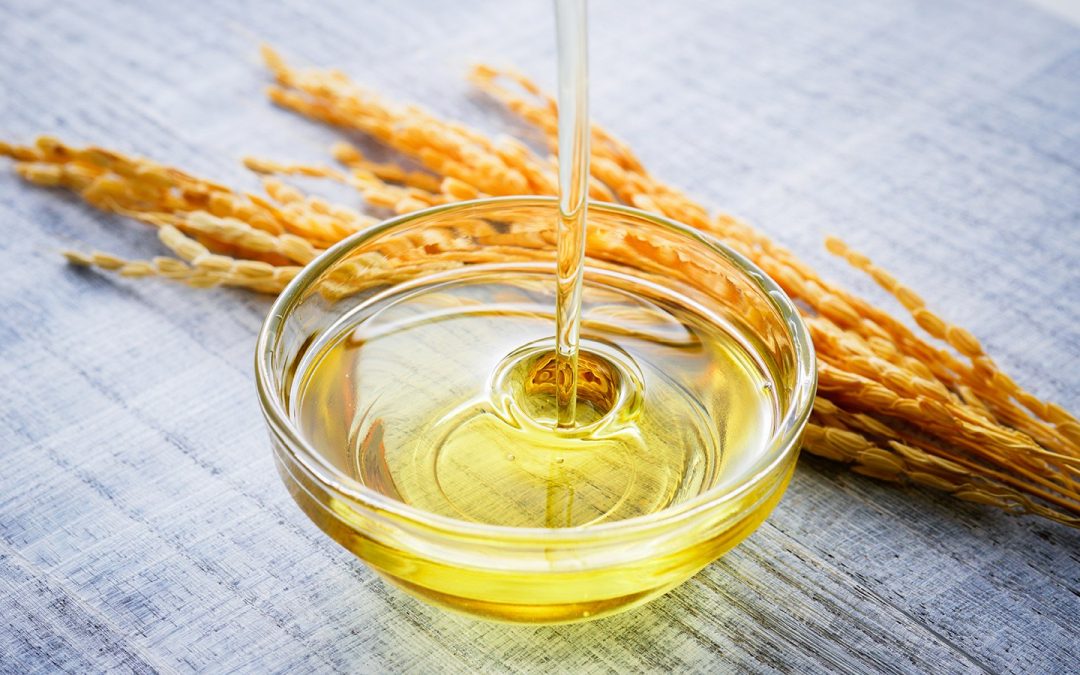
A Detailed Information of Soyabean Cultivation
A Detailed Information of Soyabean Cultivation
Soyabean is the most important and popular legume in the world. In India, the commercial understanding of soyabean started around four decades ago. Soyabean (Glycine max) also known as soybean belongs to leguminous plants native to East Asia. Even though it belongs to the leguminous family it is considered as oil seed due to its high oil content and is popular as a good source of vegetable oil and industrial application oil as bio diesel.
Fat-free soyabean meal is a significant and cheap source of protein for animal feed and packaged meals. soyabean products, such as textured vegetable protein (TVP), are ingredients in many meat and dairy substitutes. The beans contain significant amounts of phytic acid, dietary minerals and B vitamins. Soy vegetable oil, used in food and industrial applications, is another product of processing the soyabean crop. Traditional unfermented food uses of soyabeans include soy milk, from which tofu and tofu skin are made. Fermented soy foods include soy sauce, fermented bean paste, natto, and tempeh.
In India, the crop has established itself as the major rainy season crop in the rainy ecosystems. Introduction of soyabean crop has increased the profitability received from per unit area in India. In the coming years, soyabean is going to be a major oil seed crop in India. Owing to the varieties of crops that have been bred, the production is estimated to get double of the current volume. A number of researches show that with the current variety of soyabean the productivity is around 2.1t/ha, with the national average being around 1.2t/ha.
As we become successful to fill this large yield gap, the soyabean cultivation will double in the upcoming years. The further growth of soyabean production, the quality of oil and seeds to be obtained by new research methodologies and advanced technologies.
Benefits of Soyabean Crop
Soyabeans have a treasure of health benefits, including the ability to increase metabolism, gain healthy weight, protect heart health, reduce the effects of menopause.
The health benefits of soyabean include:
- Improves metabolic activity
- Healthy gain weight
- Has anticancer potential
- Boosts heart health
- Reduce the effects of menopause
- Boost digestive health
- Long term solution for bone health
- Control Diabetes
This detailed guide gives you all the necessary information related to soyabean farming. The topics have been discussed thoroughly and after reading the blog post you will get a good grasp on the knowledge of soyabean cultivation. This guide includes:
- Soyabean plant and its properties
- Variety of soyabean crops
- Soil and climatic condition for soyabean cultivation
- Propagation of soyabean crop
- Preparation of land for soyabean cultivation
- Manure and fertilizer preparation for soyabean cultivation
- Weed management for soyabean crop
- Pest and disease control in soyabean crop
- Harvesting and yield of soyabean crop
- Post harvest management of soyabean crop
- Loans and subsidies for soyabean cultivation in India
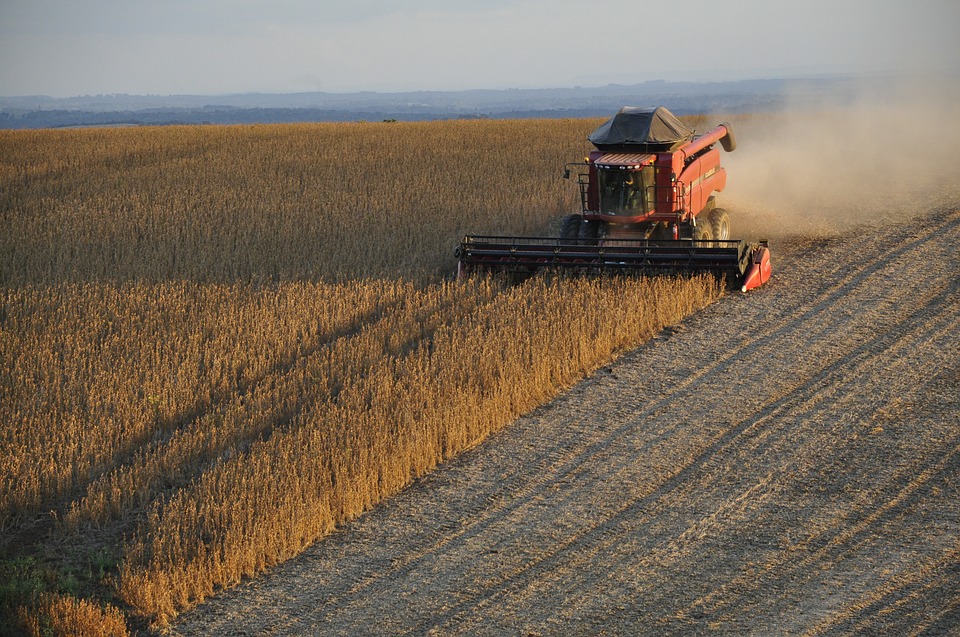
Soyabean Cultivation in India
Soyabean is a leguminous crop cultivated in rainfed areas in India and is categorized as a determinate and indeterminate crop. The crop grows up to a height of 100cms with a well-balanced structure. The following are the characteristics:
- The crop has a taproot system and grows up to a depth of around 1.5 m. The lateral root develops from taproot to around 300 m. Like most leguminous plants even soyabean crop contains bacteria which helps in nitrogen fixation. Hence cultivation of soyabean crop will help in maintaining the nitrogen content of the soil.
- The crop has alternately arranged leaves and has different shapes. The colour is mostly dark green and sometimes tinted with brown, blue or red lesions. The leaves drop off when the seed pod ripens indicating the arrival of the harvest season.
- The inflorescence of soyabean crop produces purple or white flowers. In indeterminate type, flowers appear on the main stem on 4th to 8th node. With determinate variety, the flower appears from 9th node and proceed forwards.
- The fruit of the seeds appear in the form of pods and is usually in black or brown in colour sometimes tinted with purple or green. The pods have three seeds with round shape, hard and lined with a smooth texture.
- The mass of the seeds around is generally 12 to 25 gm per 100 seed. The colour is either red, yellow, green depending on the variety. The reason why soyabean is cultivated as oil seed crop is that the seeds contain about 17 to 22% of oil and around 40% protein.
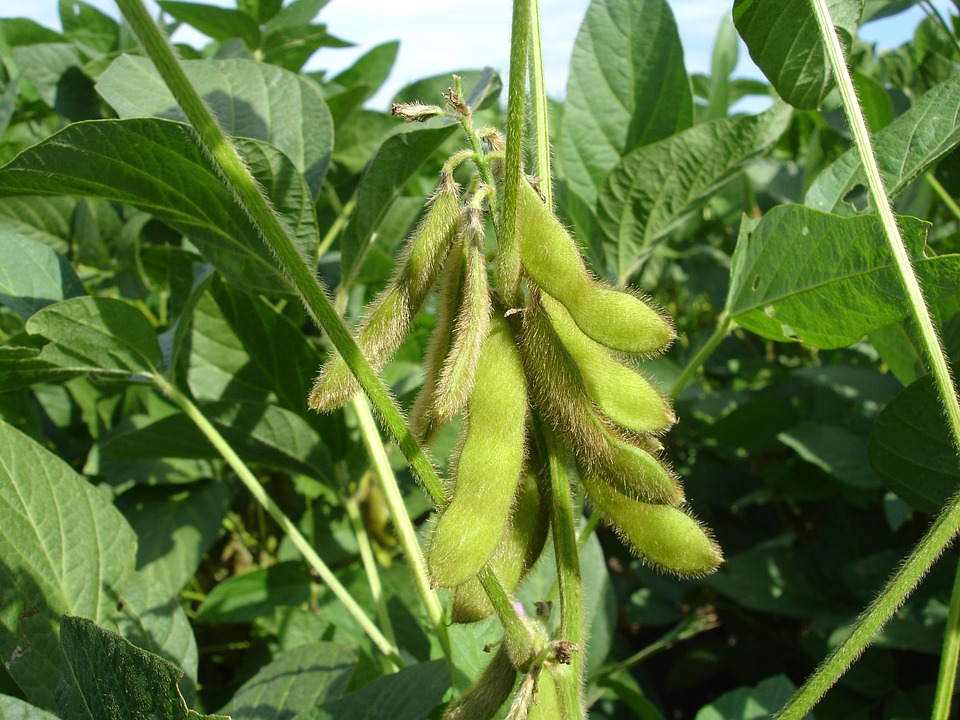
Variety of soyabean crops
The variety of soya bean seed you choose must be able to harvest in 4 to 5 months. The variety must have the highest yield in the particular season. The seed must be disease resistant and must have a sufficient time interval between maturity and pod shattering. Some determinate and indeterminate variety includes:
- Indeterminate Soyabean crop: serenade, safari, sage
- Determinate Soyabean crop: status, sequel, sentinal, santa.
Soil and climatic condition for soyabean cultivation
The temperature conditions don’t allow us to follow a wide range of the spectrum when it comes to soyabean cultivation. Temperature too high or too low could adversely affect the growth and yield of the soyabean crop. Temperature below 13-degree Celsius and above 30-degree Celsius is considered unsuitable. But during plantation, 15-degree celsius is the appropriate temperature to stimulate germination. The seeds have a tendency to get damaged when exposed to extreme temperatures. The duration of the day matters a lot during soyabean cultivation.
The minimum rainfall requirement for soyabean crop is around 500mm to 900mm. Due to the presence of the taproot system, the crop can handle scanty rainfall and is tolerant to dry weather. Water logging damages the yield but for maximum benefit, the root must be 50% logged in water.
Fertile soil is a pre-requisite for soyabean cultivation. The soil must be well drained with a lower pH value. But pH value below 5.2 with compact type oil can hinder the nitrogen fixation process. High clay content is considered good for the crop.
Propagation of soyabean crop
Propagation of Soyabean crop is dome through seeds. Seeds more than 2-year-old do not yield and hence fresh seeds must be purchased brought every year.
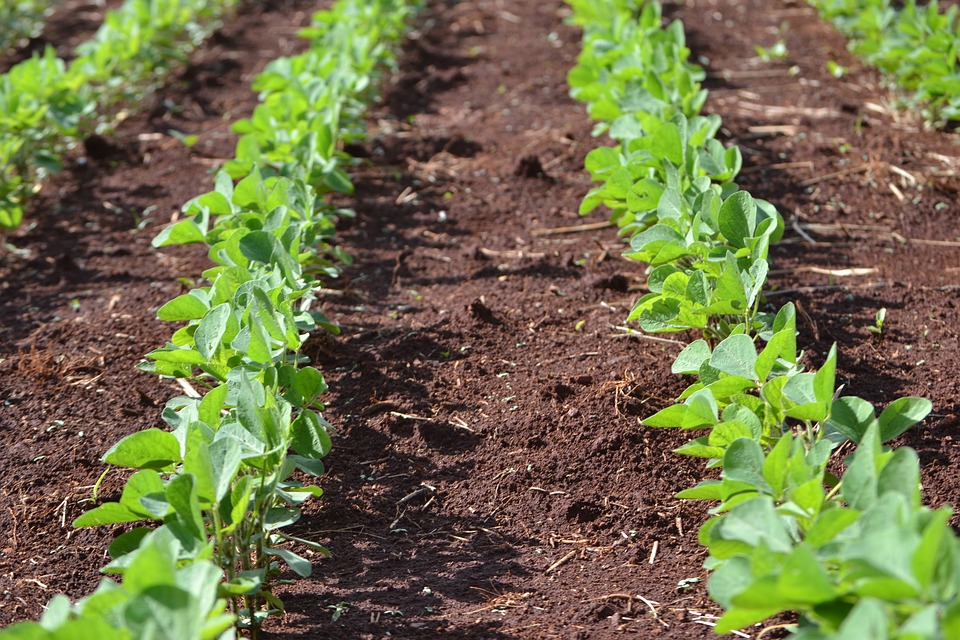
Preparation of land for soyabean cultivation
The land for soyabean oil must be developed from a certain depth. The soil must be loosened, but unnecessary tillage must be avoided. There are chances that the soil may lose moisture while loosening and hence proper care must be taken to maintain good moisture content in the soil. The soil may also get damaged due to wind and water and hence proper care must be taken during tilling. Two tilling methods are followed during soyabean cultivation:
- Conventional tillage: The land surface is inverted to keep no residues of the crop on the soil bed.
- Conservation tillage: Tillage implements are used that leaves the traces of crop on the land surface to protect it from wind and rain.
Planting of soyabean crop is done from May until June in non-irrigated regions. I irrigated conditions, plants are only cultivated when the soil temperature crosses 15-degree Celsius. Minimum depth of planting is 1.5 inches. Early planting varieties are planted at shallow depth. Whereas late planting in dry soil conditions is done at a much deeper level.
The seeds are planted at a distance of 5 to 15 cm with a row spacing of about 40 to 90 cm, depending upon the type of plant you choose. Row spacing differs on the irrigation and water availability of that region. It is observed that a row length of less than 30 cm has several advantages.
Manure and fertilizer preparation for soyabean cultivation
- Soil testing is always recommended before planting any crop. It helps you gauge the nutrient requirements of your soil
- Lime is added to bring the pH value above 6. Anything below 5.8 affects the crop negatively.
- In normal conditions, this crop doesn’t require any nitrogen-containing fertilizers since the bacteria present in the root nodules help in nitrogen fixation. The nitrogen is produced only after modulation and until then the crop consumes the pre-existing nitrogen from the soil.
- The average nutrient requirement of the crop includes potassium and phosphorous at 20-30 kg/ha for medium quality soils and 40-50 kg/ha for poor quality soil.
- Other than these major nutrients, soyabean cultivation also demands minor nutrients like calcium, magnesium and sulphur.
Weed management for soyabean crop
Weeds drastically reduce the yield and growth of soyabean crop by consuming the important nutrients from the soil.
- Weeds grow fast and hinder the growth of soyabean crop
- Manual removal of weeds is preferred during the early stages of the crop, but after plant attain a height of 5 to 10 cm, mechanical removal is more beneficial.
- Plantation of the crop with a distance of 30 cm or less reduces the growth of the weeds
- Herbicides are sprayed to control the growth of weeds but should be applied carefully since the soyabean crop is also sensitive to this sprays.
Pest and disease control in soyabean crop
Some common pests and insects can be found in soyabean farms such as cutworm, wire worms, boil worms etc. The following control measure can be taken:
- Crop rotation
- Using good fertilization and manures
- Control Weeds
- Inter cropping
- Avoiding too much water lodging in the farm
Soyabean crop is also prone to many diseases such as soyabean rust, Sclerotinia stem, purple seed stain etc. Some of the the efetive control measure includes:
- Crop rotation
- Using fresh and certified seed for cultivation
- Deep ploughing
- Water management
- Deep ploughing
Harvesting and yield of soyabean crop
Harvesting of soyabean crop must be done at the appropriate time to avoid unnecessary waste. The best sign of harvest is when the crop starts shedding its leaves and the moisture of seed drops below 15%. For inexperienced farmers, detecting of harvest season by observing its leaves is an easy option. Based on the size of the farm, the following harvesting methods are employed:
- For small firms with the availability of labour force, hand harvesting is preferred. This reduces loss occurring during harvest and gives you seed with high viability. You can employ this method when your aim is to produce high-quality seeds.
- Mowing is an activity cut the crops using a mower and the clean the harvest using a mechanical mower.
- Large farms use machines to harvest the crop. The losses occurring are inevitable. The machines are designed to cut the crop close to the ground without damaging the seeds.
- Storage of soyabean seeds demands a dry atmosphere. Moisture content promotes the bacterial reaction in the seeds. Grains should get a sufficient amount of air to maintain their overall temperature.
- Soyabean seeds can be stored for a longer period of time without fumigation.
( Fumigation is a pest control method which involves completely filling an area with gaseous pesticides—or fumigants—to suffocate or poison the pests within).
Post harvest management of soyabean crop
- Sorting is done to remove unwanted material from the harvested crop.
- Next, the seeds obtained are graded to rate the quality of the produce. Each country or geographical location has its own standard based on colour, variety and quality.
- Different grades have different packages. The packages are properly sealed before transporting
- Drying of beans below 14% less moisture content is preferred. Beans dried below 14% can be stored for 6 months and the one dried below 11% can be stored for 11 months.
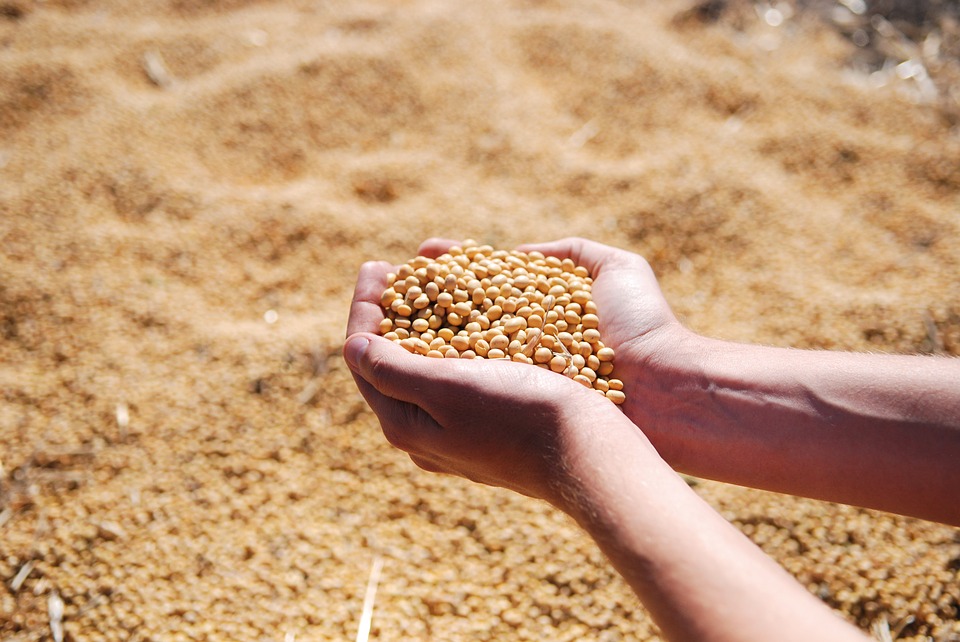
Loans and subsidies for soyabean cultivation in India
- NABARD (National Bank for Agriculture and Rural Development) is an apex of developing financial help for rural India. It can provide subsidies for farmers based on the climatic condition and size of the project.
- Apart from NABARD and other rural banks, there is The Soybean Processors Association of India (SOPA) which represents the national level body of soyabean farming.
- At present, it is the only regulatory body in India representing the soyabean processors, brokers, farmers and exporters working towards the aim to strengthen soybeans as a viable crop.
- The main objective of SOPA is to encourage the development and promotion of Soy-Based products in the interest of the farmers as well as the processors.
Disclaimer – “Views expressed in the blogs, are exclusive thoughts of the author and are not necessarily
aligned to Vilina Refined Oil’s policies”.

